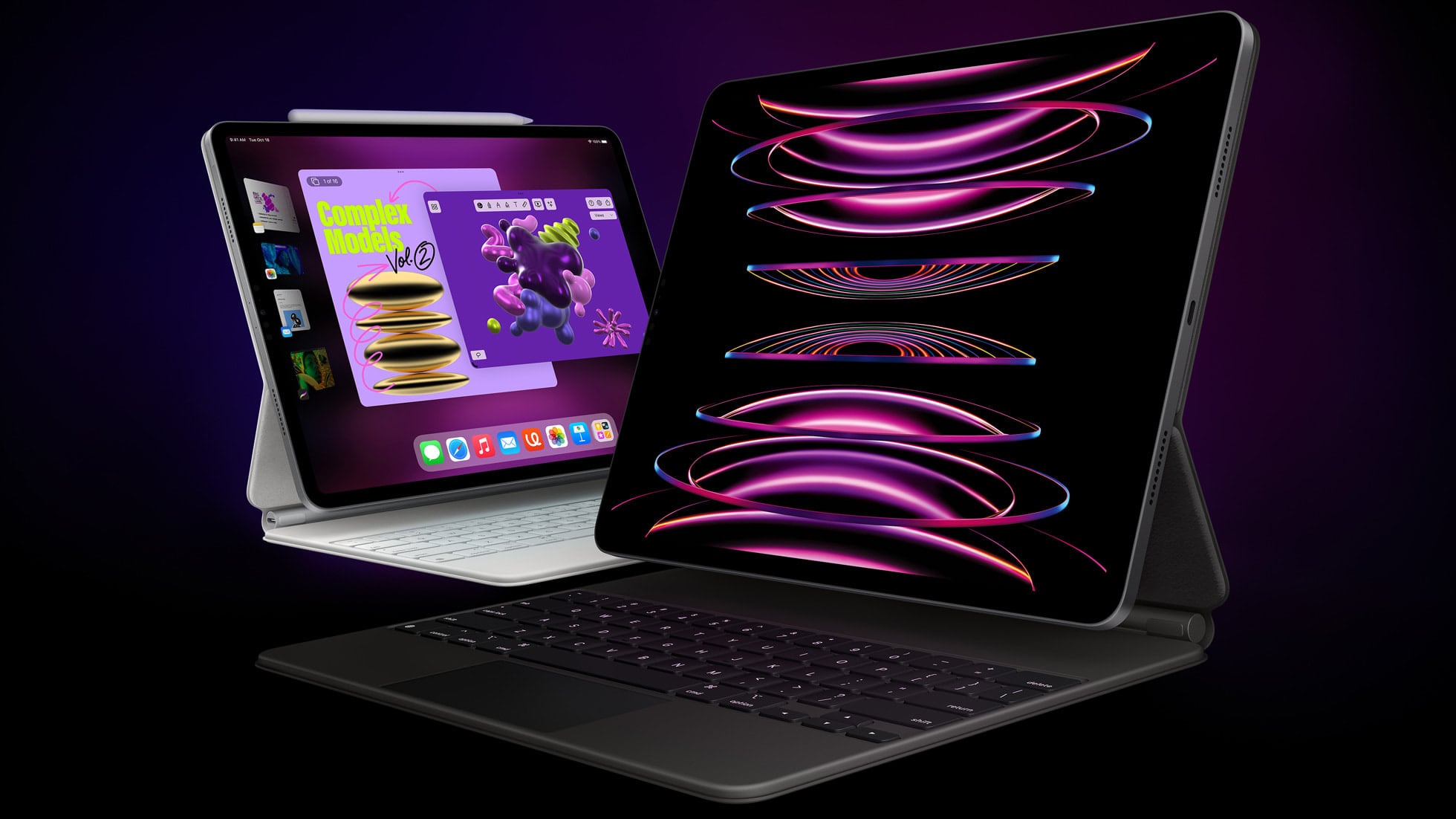I haven't read up on the details of Wifi 6E, but if the iPad's OS is smart enough to use the fastest band that's available from any given location, I can see why this would be required.
As someone who doesn't own any 6E gear, though, I'm really curious if macOS and/or iOS do this for earlier Wifi versions. I have long used a different network name for my 2.4GHz and 5GHz bands, since in practice I get substantially slower speeds on 2.4GHz (perhaps in part due to interference from close neighbors), and my house is small enough that 5GHz covers it.
At some point I realized that if I gave both networks the same name, my devices would usually connect to the 2.4GHz one, which slowed LAN traffic substantially. If the OS is smart enough to hop back and forth automatically now, that would sure be nice.
As someone who doesn't own any 6E gear, though, I'm really curious if macOS and/or iOS do this for earlier Wifi versions. I have long used a different network name for my 2.4GHz and 5GHz bands, since in practice I get substantially slower speeds on 2.4GHz (perhaps in part due to interference from close neighbors), and my house is small enough that 5GHz covers it.
At some point I realized that if I gave both networks the same name, my devices would usually connect to the 2.4GHz one, which slowed LAN traffic substantially. If the OS is smart enough to hop back and forth automatically now, that would sure be nice.



